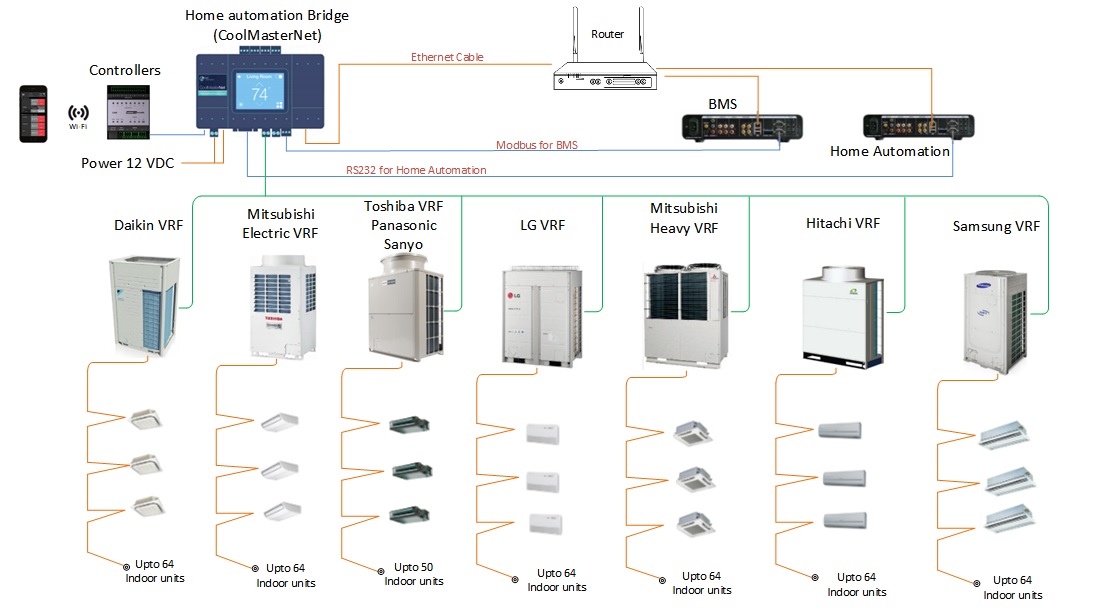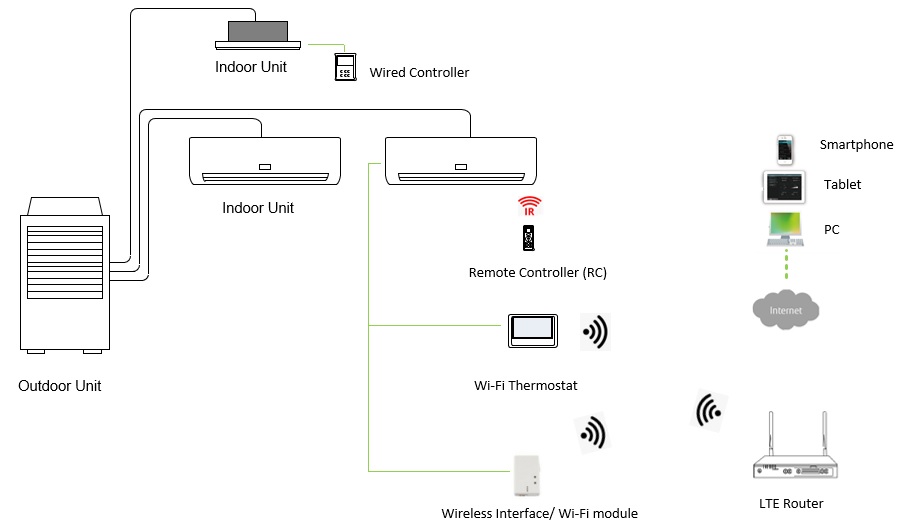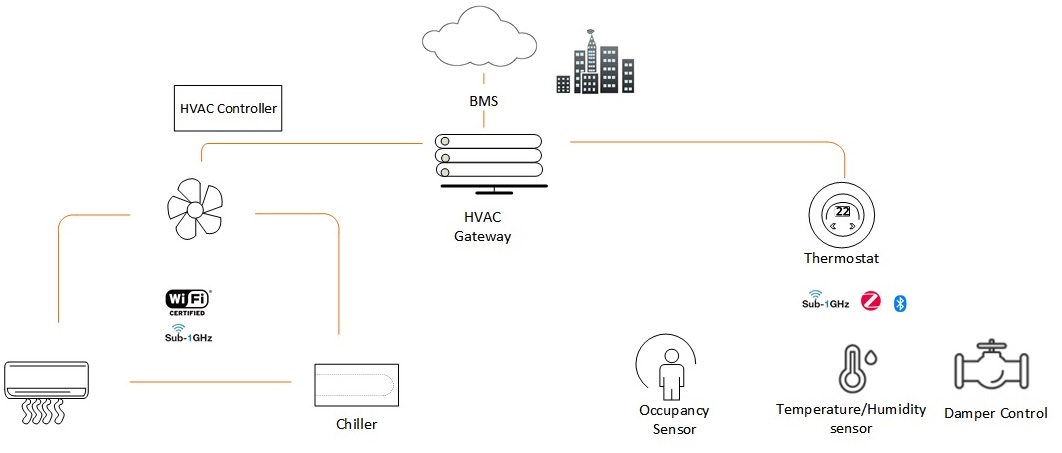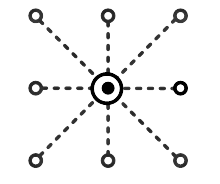RFWEL Engineering is a leading provider of wireless control and telemetry solutions for building automation and HVAC control. RFWEL helps HVAC Contractors, IT and facilities management solve complex challenges faced when trying to retrofit legacy HVAC systems with modern control solutions.
Our key strength is the ability to constitute engineering teams with varied expertise which becomes critical in addressing the HVAC control challenges. For example, RFWEL useful strengths include:
|
|
Indoor Coverage Many Wireless HVAC control challenges come down to simple indoor coverage issues in which our Indoor coverage and wireless capacity improvement teams are adapted to handling more |
|
|
Wireless Communication Sometimes the solution to Wireless HVAC control challenges is upgrading or reconfiguring the wireless communication network. Sometimes it is retrofitting legacy bus networks to operate via IP/Ethernet/WiFi-5/6/6X. An RFWEL communications expert will help select the best wireless configuration or protocol adaptors more |
|
Power Solutions Power Solutions: an RWEL Engineering power solutions expert will recommend the appropriate power converters for your project more |
Remote wireless controls provide for energy efficiency and optimal temperature control in the most needed areas saving energy costs and providing for optimal comfort for building occupants.
Benefits of wireless HVAC controls include:
- Ease of installation and start-up coupled with advanced analysis which can be performed with more data.
- Enables flexibility and adaptability. Regular preventive maintenance tasks, such as inspections, can be greatly reduced via wireless sensors and data collection.
HVAC Control Systems Overview

One of the most common retrofit requests is the ability to control existing HVAC systems using a smartphone, tablet, or webpage. Building managers or homeowners are often interested in controlling and monitoring their HVAC systems from virtually anywhere in the world.
RFWEL HVAC control specialists have researched and cataloged the wireless HVAC control interfaces and the wireless HVAC remote controllers compatible with most major brands of HVAC indoor units. To find out what devices are compatible with your HVAC system see our HVAC Controls Filter or contact an RFWEL HVAC control specialist.


With legacy equipment, a gateway technology is necessary to bridge it and any other IT devices to connect to wireless IoT sensors such as occupancy sensors, duct smoke detectors, motion, pressure sensors, indoor air quality (IAQ) sensors, humidity, and temperature sensors.
HVAC Bus Protocol Conversion
Building Automation Systems (BASs) provide means to control as well as monitor various operational aspects of buildings. The most important and critical components of a BAS include sensors, actuators, and controllers.
BAS Communication Protocols are classified into two: proprietary and open protocols. The Bus Lines below are used in interfacing various HVAC systems with central controllers and BMS systems.
See more protocol converters for use in HVAC Control systems here or contact us if you cannot find the HVAC bus protocol converter you are interested in.


